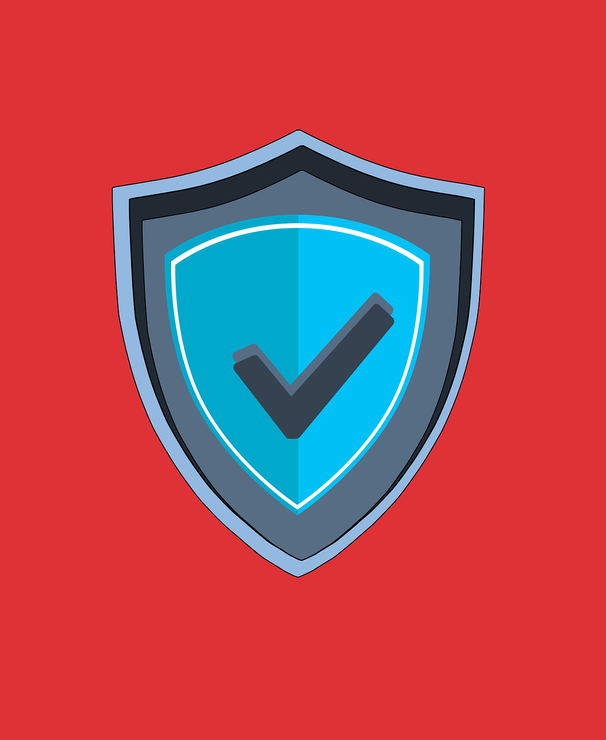9 Essential Home Network Security Best Practices by the NSA

In today’s highly interconnected world, where technology is ubiquitous and connectivity is a necessity, securing your home network has become more crucial than ever. The prevalence of cyber threats, ranging from phishing to smishing (SMS phishing), has made it increasingly difficult to avoid breaches. Surprisingly, many individuals have fewer safeguards in place at home compared to their workplace, despite the fact that remote work has become more prevalent. This puts both personal and company data at risk, with approximately 46% of businesses experiencing at least one cybersecurity incident within two months of transitioning to remote work. However, the good news is that there is a wealth of information available on home network security, and implementing simple steps can significantly reduce the risk of a data breach.
Recognizing the importance of home network security, the National Security Agency (NSA) has provided a set of best practices to help individuals secure their home networks effectively. In this article, we will highlight and expand upon some of the most valuable tips offered by the NSA, which can empower you to protect your personal data and safeguard your home network.
1. Change Default Passwords and Usernames
One of the first and most critical steps to secure your home network is to change the default login credentials of your router and connected devices. Default passwords and usernames are often widely known among hackers, making them vulnerable entry points to access your data. By changing these default credentials, you significantly enhance the security of your home network.
2. Enable Encryption
Encryption plays a vital role in protecting your data by encoding it in a manner that only authorized parties can decipher. Enabling encryption on your home network is crucial to ensure that your data remains secure and unreadable to hackers. Most modern routers support encryption protocols such as WPA2 or WPA3. It is essential to utilize the latest encryption standard available, with WPA3 being the recommended encryption used in Wi-Fi 6 routers.
3. Update Firmware
Firmware refers to the software that operates on your router and other connected devices. Manufacturers frequently release firmware updates to address security vulnerabilities and introduce new features. Updating the firmware on your router is paramount to securing your home network effectively. You can typically check for firmware updates through the router’s web interface or by visiting the manufacturer’s website. To ensure consistent updates, consider setting a monthly reminder to check your router’s app for any available firmware updates.
4. Enable Firewall
A firewall acts as a network security system that monitors and regulates incoming and outgoing network traffic. By enabling a firewall on your router, you can effectively safeguard your network against malicious traffic and unauthorized access attempts. Most modern routers come with a built-in firewall, and you can typically enable it through the router’s web interface.
5. Disable Unused Services
Manufacturers often include various services enabled by default on routers, such as file sharing, remote management, and media streaming. However, leaving these services enabled increases the risk of hackers exploiting them to gain unauthorized access to your home network. To minimize vulnerabilities, it is essential to disable any unused services and only enable those that are necessary for your network’s operation.
6. Secure Wi-Fi Network
Your Wi-Fi network is a critical component of your home network’s security. Implementing several key steps can significantly enhance the security of your Wi-Fi network:
- Change the default SSID (network name) to a unique and non-identifiable name.
- Disable SSID broadcast to prevent your network from being visible to unauthorized users.
- Enable MAC address filtering, which allows only specified devices to connect to your Wi-Fi network.
- Disable WPS (Wi-Fi Protected Setup) since it can be vulnerable to brute force attacks.
Taking these measures helps protect your Wi-Fi network from unauthorized access attempts, reducing the risk of security breaches.
7. Use Strong Passwords
Passwords serve as a crucial element of any security system. Weak or easily guessable passwords can make your network susceptible to unauthorized access. It is essential to use strong passwords for your router and other connected devices. A strong password should be at least 12 characters long and include a combination of upper and lowercase letters, numbers, and symbols. Regularly updating your passwords further strengthens the security of your home network.
8. Create a Guest Network
If you frequently have guests, such as your children’s friends, who require access to your Wi-Fi network, creating a separate guest network is highly recommended. A guest network provides internet access to guests while isolating them from your primary network. This segregation helps protect your primary network from potential security threats that may arise from guest devices.
9. Limit Physical Access
Physical access to your router and other connected devices can pose a security risk. To mitigate this risk, ensure that you place your router in a secure location, such as a locked cabinet or a room with limited access. Additionally, disable physical access to the router’s web interface, especially if you have guests or children who may inadvertently tamper with the settings.
By implementing these best practices recommended by the NSA, you can significantly enhance the security of your home network and protect your personal data from potential threats. Securing your home network is an essential step in safeguarding your privacy and maintaining the integrity of your digital life. If you want to save time and ensure that your network is properly secured, consider scheduling a home cybersecurity visit with professionals who can assist you in implementing these practices effectively.



